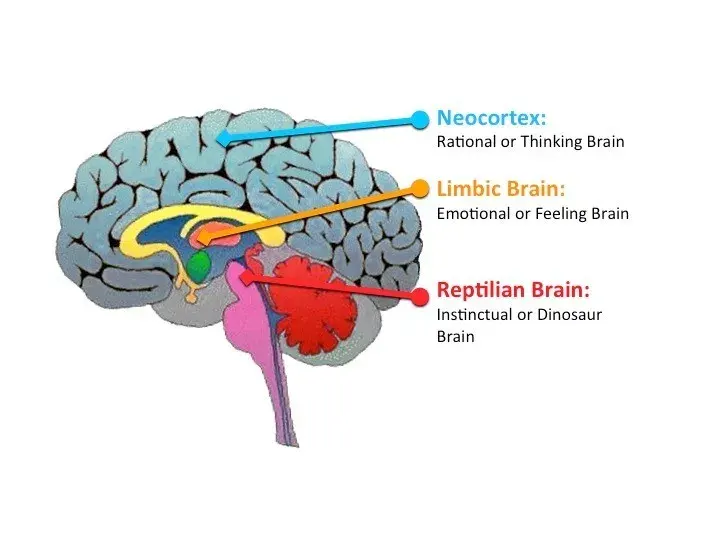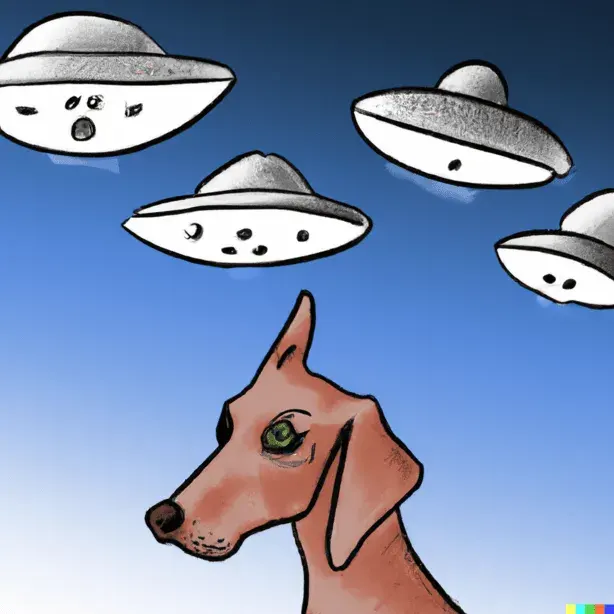Are Trisolarans / San-Ti the bugs?
For those who have read the books or saw the recent Three Body Problem Netflix series. Imagine, if you will, a pivotal scene, 400 years in the future, a lone Trisolaran being lands on Earth. A life form with boundless intelligence and unfathomable complexity, finally takes its first step on Earth, only to be swallowed by a small dog. Have you wondered how big the Trisolarans (or San Ti) really are or is it just a me thing?

The Three Body Problem is a universally acclaimed and successful book series (called Remembrance of Earth’s Past Trilogy) which has spun-off two TV series: The Tencent series and the recently launched Netflix series. The Hugo award winning author Liu Cixin is a brilliant sci-fi writer who left depiction of Trisolarans (or San-Ti) to the readers imagination, and the Netflix series so far has followed the same. As I finished season 1 of the Netflix series, I remembered an old thought experiment that bothered me for some time when I was reading the books. I imagined a scenario, based on old sci-fi stories, where Trisolarans will reach Earth, take their first step, only to be immediately eaten by a small dog. So in this post, I put on my hard sci-fi hat and theorize if a Trisolaran can be the size of an insect. To put it more ironically, are Trisolarans the bugs?

In context of the Three Body Problem series, to be more specific:
Can a Trisolaran (or San-Ti) being be the size of an insect and still be a highly intelligent life?
Short answer: Yes#
But how?#
Let’s start with an average human, about 1.8 meters or 6 feet in height, the longest dimension. If we can reduce the size of this sample human while keeping the level of intelligence the same (-ish), then it’s also possible for an insect sized Trisolaran to have human level intelligence.
Constraints and Assumptions#
In the world of sci-fi, everything is possible once you whip out a Marvel sky beam or start throwing around words like “quantum” and “unobtainum”. Hence, let’s put some constrains on our thinking and get some assumptions out of the way.
- From the books we already know that Trisolarans are mortal, have a drive for survival and most probably live in 3 dimensions. To keep things grounded in reality, first, I assume that the Trisolarans too are bound by the laws of physics known to humans.
- Second, intelligence is a vague term, so we want to avoid discussions on “what is an intelligent life”. Let’s assume that Trisolarans have general intelligence and are at a minimum as intelligent as humans. Like humans, they have the capability to adapt to a variety of ecosystems and environmental niches, can do long term planning, organize themselves socially at large scale, can invent new technology and develop space travel. We will avoid discussions of hive-minds where an individual entity of a life form may not be highly intelligent, but intelligence is an emergent phenomenon from the collective (like ant colonies). We assume that a single Trisolaran is as intelligent as a single human, if not more.
- Third, let’s assume Trisolarans are a carbon based life-form. This is a reasonable assumption since carbon is abundant in the universe, has four bonds and can form a variety of molecules. Other types of biochemisty are possible, but the other atoms (like silicon) are less abundant and are larger in size.
- Finally, we assume that Trisolarans operate and live on similar timescales as humans. We will not talk about cosmic beings that are the size of a planet and live for a billion years. One second for humans feels like one second to a Trisolaran.
With these constraints in mind, lets see if we can shrink a human being to an insect size without sacrificing on intelligence.
Step 1: Do we need all that body around the brain?#
Human body is a product of evolution and natural selection which doesn’t necessarily lead to a very elegant life form (go and ask your appendix). Humans are not the best at converting energy into work. We have organs for processing complex food, organs for pumping blood and organs for managing other organs. For a Trisolaran, at a bare minimum, we need a brain, a way to interact with the environment (to ”see” things) and a way communicate with each other. Hence there is a scope to eliminate non-essential body parts. For humans the brain occupies ~2-5% of the body volume, and is about 150x150x150 millimeters (or 6x6x6 inches). For a Trisolaran, assuming they have a more efficient biology to consume and dissipate energy, gravity and environmental conditions to support movement without much effort, we can assume that 85-90% of their body constitutes the brain and remaining 10-15% is required for the “body”.
This brings us to a size of 180 millimeters or 7 inches, 90% smaller than a human. That’s a good reduction, but still too big for an insect!
Step 2: Do we need all that brain even?#
Human brain can be roughly split in 3 big parts, 70% neo cortex (primate brain), which is the thinking and planning part, 10-15% limbic system which is the feeling and emotion part of the brain (monkey or mammal brain), and 10-15% basal ganglia which is the most primitive part responsible for motor functions and flight or fight responses (reptile brain). Trisolarans are known to run low on emotions and primitive desires, and seem to be more rational. We can assume that we only need about 70% of the human brain, mainly the neo cortex and the other parts can be smaller.

How information is organized in the brain is also important. After-all, birds have brain the size of a peanut, but are capable of doing highly complex activities like solving puzzles and forge lifetime bonds. More than the size, the intelligence stems from the “complexity” inside the brain: the density of neurons and the number of synapses or connections between them. Human brain has around 80-100 billion neurons and anywhere from 100 trillion to 1 quadrillion synapses. Just like how a better CPU architecture can reduce size of a computer, a more efficient brain architecture can achieve the same level of intelligence at a much lower size. We can assume a further 50% reduction due to better “packing” and organization of neurons.
This brings the size down to 60 millimeters or 2.5 inches, 97% smaller than a human
Step 3: What if the neurons themselves were smaller?#
A neuron is 10 to 25 micrometer (10−5m) in size, which is extremely small, but is still 10 billion times larger than a proton. Neurons contain organelles and structural components crucial for their function, including mitochondria, the nucleus, and the cytoskeleton. It is theoretically possible to enable the design of cells with more compact intracellular machinery or more efficient signaling pathways, potentially allowing for smaller yet fully functional neurons. It is then reasonable to assume that we can reduce the size an average neuron by about half without invoking any hard physics constraints due to the uncertainty principle of quantum mechanics. This brings the size down to 30 millimeters or 1.25 inches, a 98.3% smaller than a human.
Conclusion#
Without invoking too much of new kinds of biology and physics, we could still theorize shrinking a human brain and essential body from 1.8 meters down to 30 millimeters, roughly the size of many insects. So yes, it is reasonable to assume that Trisolarans can possess human levels of intelligence while being the size of bugs.

PS1: We don’t need to invoke the hard physics constraints on how much information can be stored in a definite space, as defined by Bekenstein bound. For the size of an ant, the theoretical limit for how much information can be stored will still be very very very high, but there will be other constraints that will limit the minimum size much before we hit the Bekenstein limit.
PS2: The level of complexity or number of neurons and synapses are also determined by the level of indeterminacy in the environment. Assuming an environment with very low noise (for example distinguishing rectangles from circles), we will need lower complexity in our brain to make decisions, as fewer number of parameters or “votes” are required within the neurons to make a decision. When there is more noise in the environment (like distinguishing hot dogs from tacos), it requires capturing and processing of more information to separate signal from noise and hence adds to the complexity in the brain. In our example, we assumed similar levels of indeterminacy in the environment for humans and Trisolarans.
PS3: This post stems from a broader question: “What is the minimum size for a life-form for it to be a highly intelligent life?” If you have a better answer, do share your theories and reasoning with me on Twitter